East Meets West: Avar Society’s Genetic Patchwork in Early Medieval Austria
Anthropology.net
JANUARY 18, 2025
The graves, filled with artifacts like ornate belt fittings and everyday items, reflected a shared culture. While Leobersdorf's population was predominantly of East Asian origin, Mödling's inhabitants carried European ancestry," said Ke Wang, one of the study’s lead geneticists. ” Oxford Journal of Archaeology.

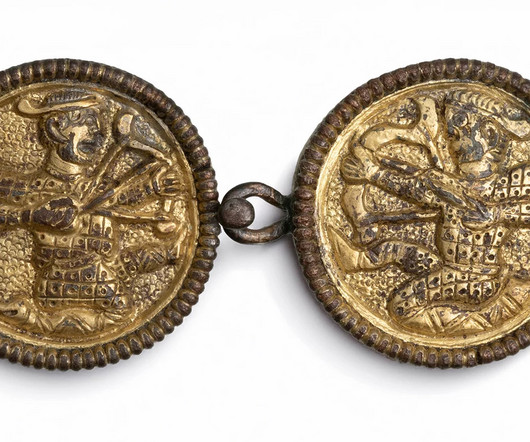

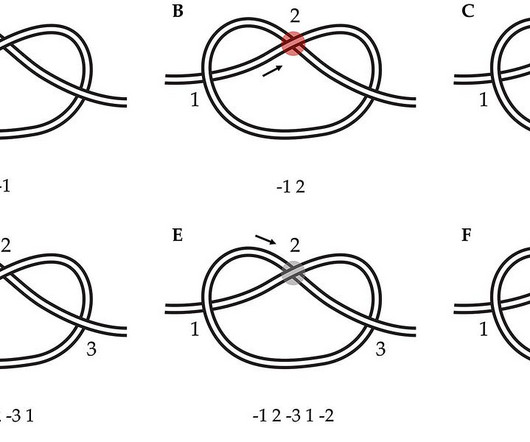
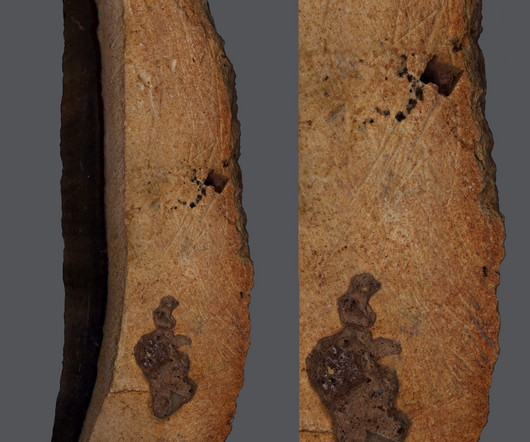
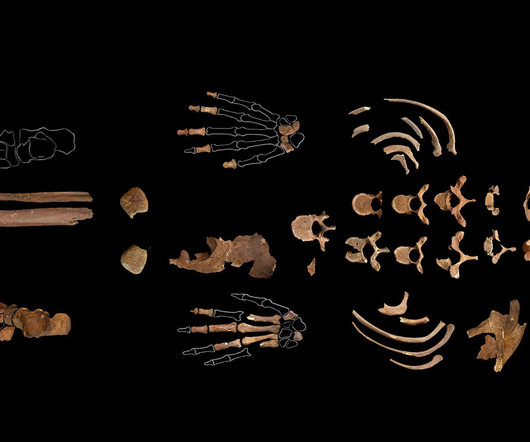
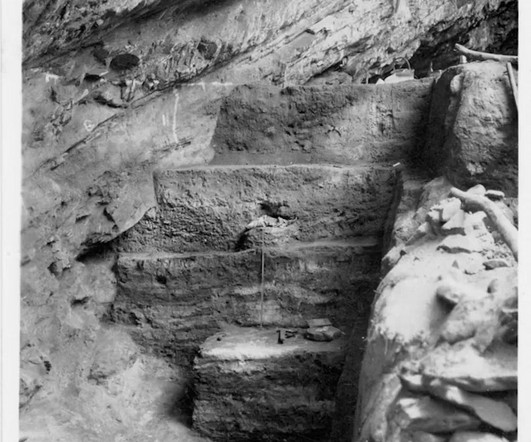

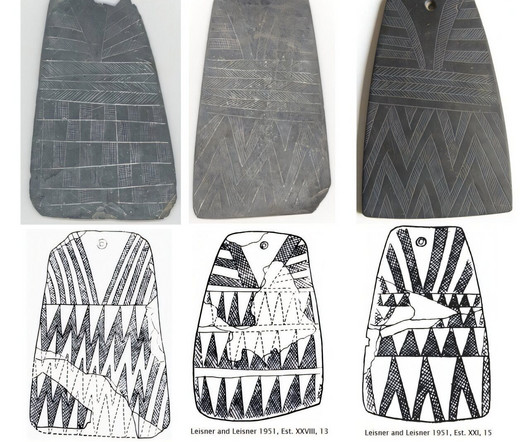
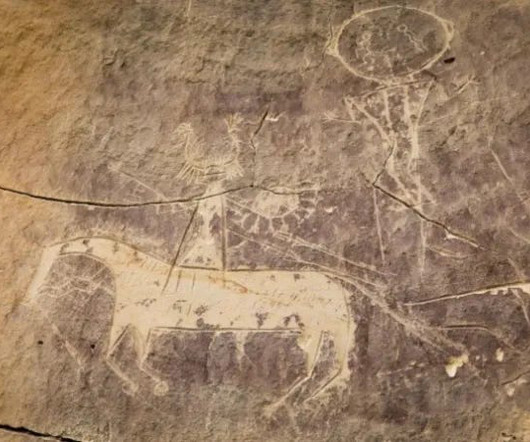
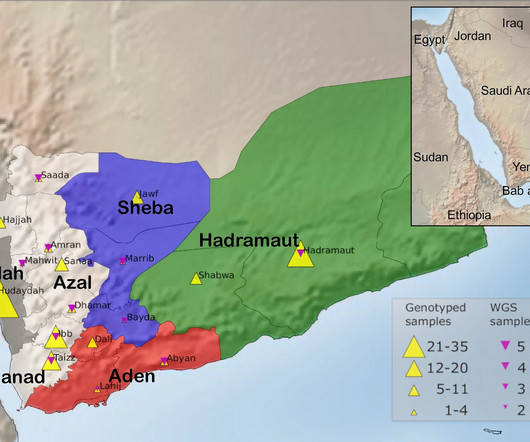






Let's personalize your content